Only about 3% of the waste generated in Sweden ends up in landfills. Everything else is recycled, incinerated or reused. For comparison, in Ukraine, 94% of household waste was landfilled, and the total area of all operating landfills exceeds the area of Ivano-Frankivsk.
Sweden is a flagship in matters of friendly attitude towards the environment. The Swedes are developing green energy, reducing greenhouse gas emissions, creating nature reserves and national parks, etc. However, in the topic of waste management, there is no one who could compare with them.
The “Renaissance” International Foundation, together with Sweden, has been implementing the Environmental Policy and Advocacy Initiative for Ukraine (EPAIU) for 4 years – a project that helps Ukrainian environmental organizations to become stronger and more influential. One of the ways of such growth is education, exchange of experience and study of the best world practices. Such as the Swedish approach to waste management.
In September 2023, 12 grantees of the Initiative went to Sweden to talk with those who help the country to remain a leader in the field of environmental protection and preservation.
“The main purpose of our trip is to see firsthand how an ideal waste management system works,” explains Tetyana Kukharenko, the manager of the Initiative. – We wanted to see everything from A to Z – not only those objects that are involved in waste management, such as processing or sorting plants, but also how it is all integrated into everyday life, which we will see on the streets and public places . Our trip helped us see how much everyone is involved in the principles of waste management that we want to introduce in Ukraine as well.”
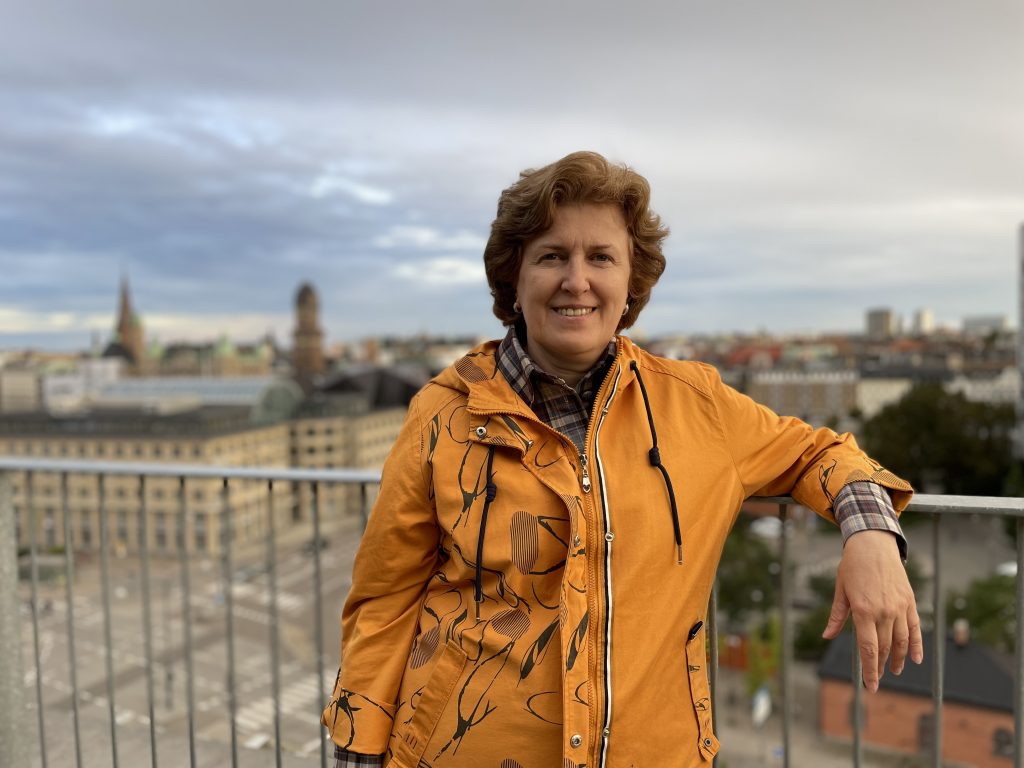
Swedish model
In Sweden, as in the entire EU, a 5-component approach to waste management is used. In essence, these are five life stages of garbage, at each of which the authorities, activists and citizens try to reduce the amount of waste: prevention, reuse, recycling, incineration and disposal.
As part of preparations for joining the EU, Ukraine will try to implement the same model, and Sweden has already promised to help us on this path.
“In Ukraine, the issue of waste management is not just ripe, but overripe. We feel it on ourselves, in our everyday life, in our yards and on our streets, – explains Tetyana Kukharenko. Sweden is currently preparing a program for Ukraine to introduce the best approaches to waste management. I hope that after the trip, we and our grantees will be able to become the first among public organizations to help implement and implement this program.”
The Swedish model of waste management stands on four pillars – extended producer responsibility, circular economy, decentralization and separate collection. The journey of any bottle begins at the factory where it is made. Work begins there to ensure that Swedish children do not catch this bottle from the lake after 500 years.
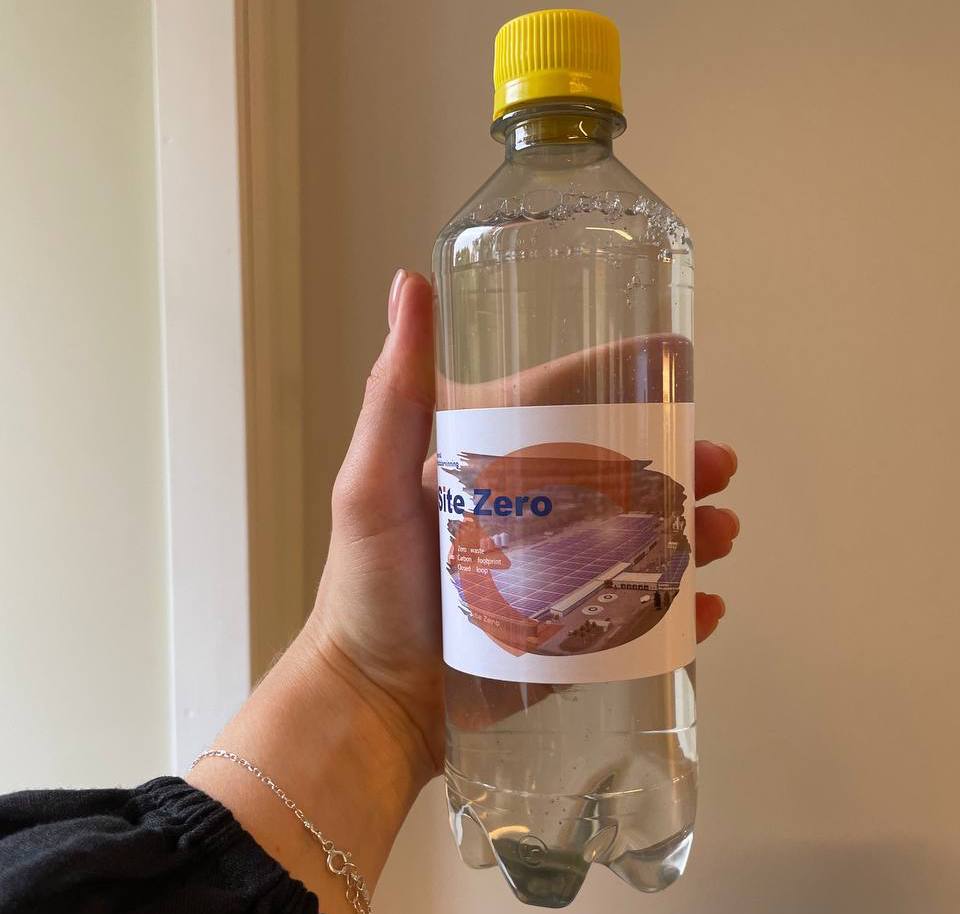
If you want to sell or manufacture something in Sweden, you as a manufacturer must ensure that the packaging of your product is suitable for recycling (and you pay for this in advance). In 2030, a law will come into effect that will make it impossible to produce and sell anything wrapped in non-recyclable packaging. The principle of extended producer responsibility will gradually be implemented in Ukraine as well, because it is one of the conditions for our accession to the EU.
Once the bottle is in your cart, the responsibility for its bright future falls on your shoulders. But do not be afraid, you are not alone! Together with you, the municipality of your city or community bears this responsibility. Of course, Swedes sort garbage – almost all apartment buildings are equipped with tanks for separate collection of waste, and the city infrastructure creates all the conditions for you to have a place to throw that bottle away and not punish yourself for eco-apostasy. What’s more, the so-called “Nordic system” of separate collection, to which Sweden is now gradually moving, simplifies the search for the right tank.
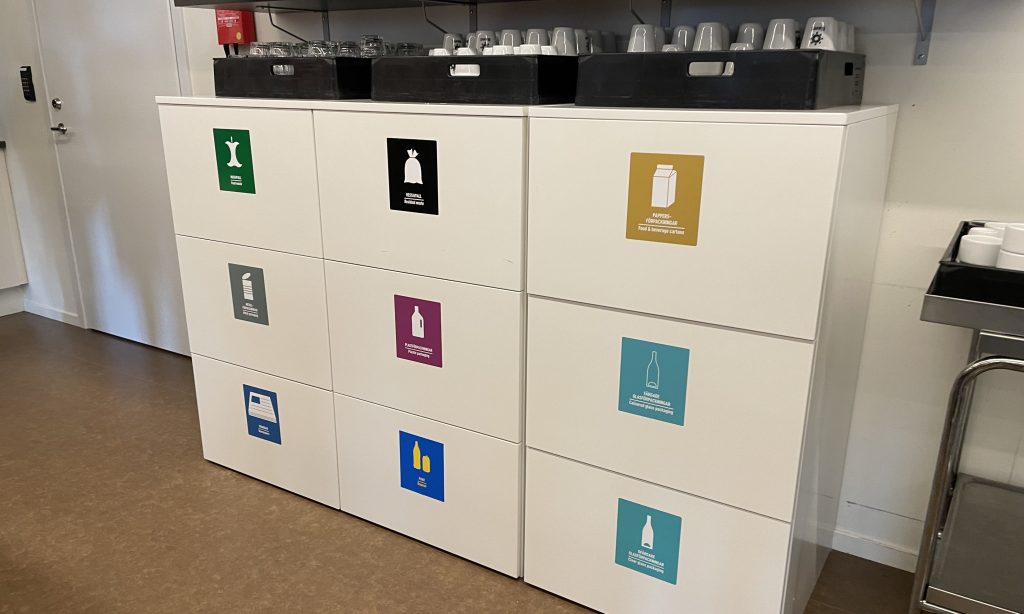
However, the life cycle of a bottle or banana peel does not end in the trash. Swedish municipalities have a monopoly on the collection of household waste, and by 2024 they are obliged to create an infrastructure that will ensure the collection, sorting and processing of household waste in the community. And it’s not just about buying more garbage trucks and garbage cans. It is also about city politicians, organization of logistics, information campaigns and cooperation with business. Yes, all companies engaged in waste management on a commercial basis belong to municipalities or are under their jurisdiction. So if you want to open your “garbage business” in Sweden, adding the mayor of the city as a friend on Facebook will not be enough.
The itinerary of our trip was built in such a way that the participants of the visit could see how the basic principles and each of the stages of the 5-component approach to waste management work – from the simplest practices to those that require long-term planning and fine management. We offer to repeat the route of the participants and find out how Sweden has reached Zen in the matter of waste management and what Ukraine can do to catch up with our yellow and blue friends from Scandinavia.
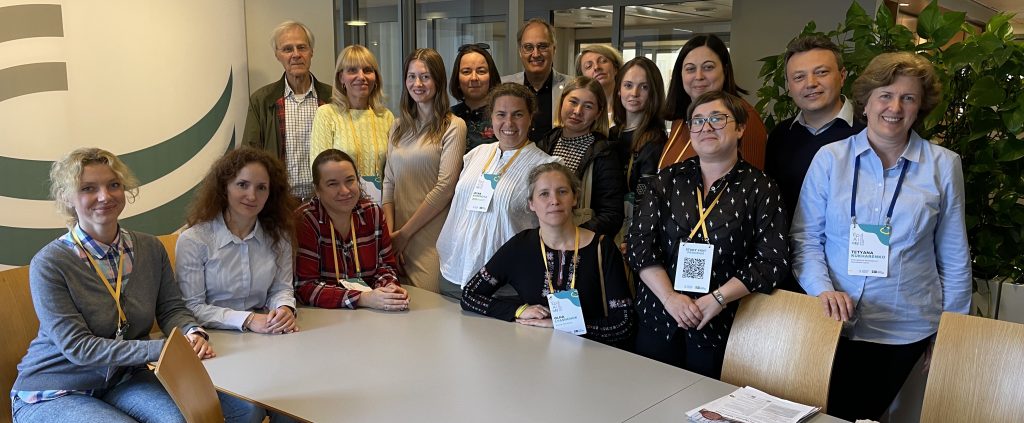
5. Burial
The last and easiest way to deal with trash is to bury it in a sad landfill. While in Ukraine almost all waste automatically ends up in landfills, in Sweden landfill is seen as a last resort, which is used only when all other methods fail. Today, about 2-3% of garbage reaches landfills. But even this is not enough for the caring Swedes. They strive to find ways to recycle or dispose of those types of waste that are currently beyond their reach, and to bring the amount of landfilled waste to absolute zero.
And while they are working on it, there are 35 landfills in the country. For comparison, there are about 5,500 authorized and natural landfills in Ukraine, with a total area of about 8,500 hectares. But, of course, the Swedes did not achieve such results in one or even ten years.
Since the early 2000s, the country’s government has launched a major campaign to reduce the amount of waste that ends up in landfills – for starters, it banned all waste that can be incinerated or recycled, including any organics. Thus, the country began to actively implement extended producer responsibility, develop a separate waste collection system and invest in technologies that will allow for maximum recycling, so as not to leave the trash with any chance to see the scenery of Swedish landfills.
In Sweden, you will also not see spontaneous landfills, because all landfills belong to municipalities. All of them are also integrated into the infrastructural complex of enterprises engaged in waste management. We visited one of these – VafabMiljö – in Westeros (not to be confused with the continent where the fierce struggle for the Iron Throne was fought).
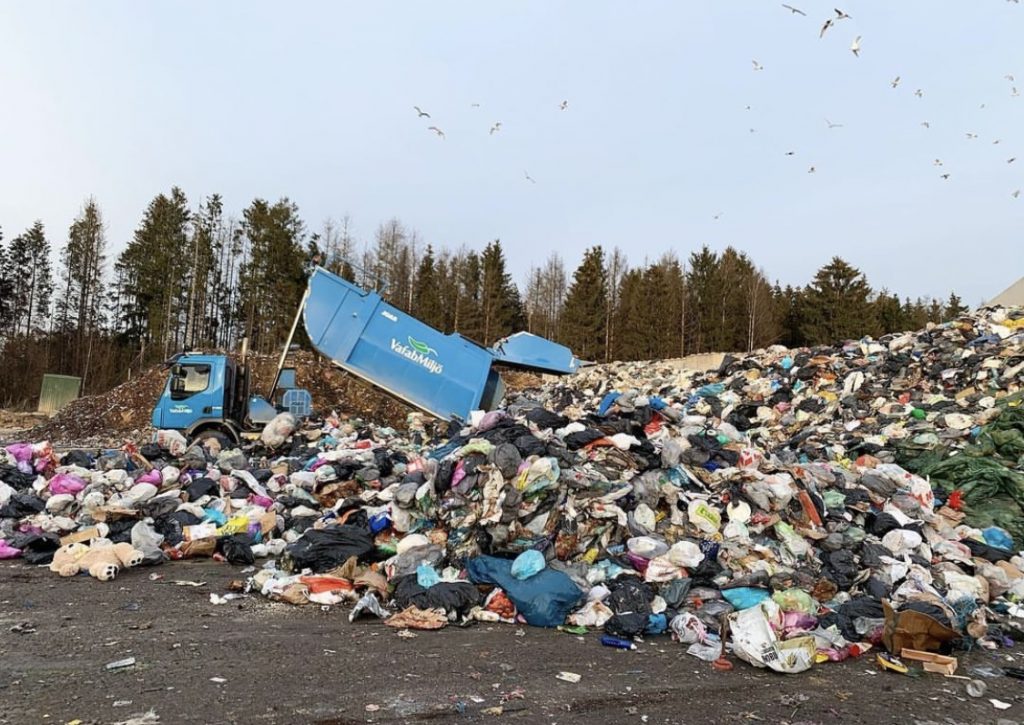
The enterprise serves three communities and has a landfill, sorting and treatment plants, laboratories, recycling centers, an education center, a furniture restoration center, second-hand stores and even a biofuel plant. Yes, the Swedes are already actively using the technologies that we saw in “Back to the Future 2” and turning garbage into fuel for their cars.
Part of VafabMiljö’s landfills no longer accepts new garbage, but it works hard to reduce the damage from the previously buried – it cleans the soil and wastewater so that nothing gets into the nearby lakes. Actually, for this purpose, there are treatment plants and laboratories on the territory of the complex, which constantly check the condition of the soil and water around the landfill. And this work is also regulated by law.
Company employees say that despite laws, government policies and the level of consciousness of the Swedes, they still have a lot of work to do:
“Every year, we conduct information campaigns before Christmas, Valentine’s Day, Black Friday and other commercialized holidays. We invite everyone to see our test site, we hold lectures in schools, we give trainings for entrepreneurs, we record podcasts and shoot videos. We do it because it is our responsibility, and we will do it until our landfill is covered with dust. Because despite the technology we have to process waste, our landfills still have a “purpose” for existence,” explained Natalie Lindqvist, employee and eco-trainer of VafabMiljö.
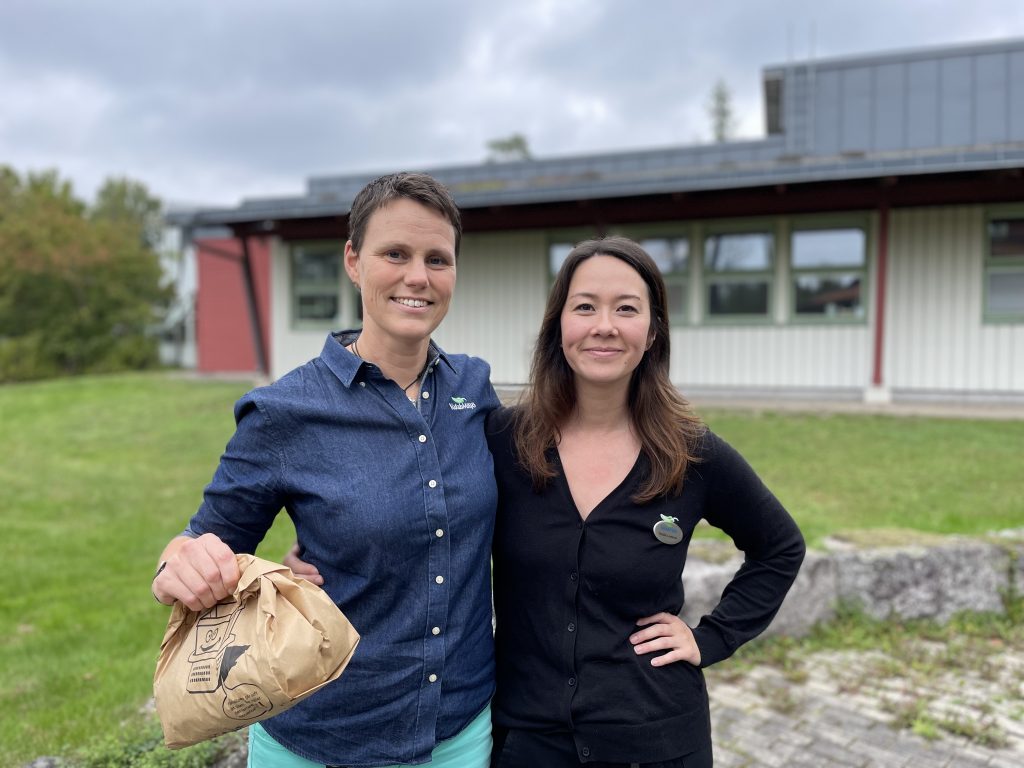
Another company whose landfill we were lucky enough to see is Fortum Waste Solutions, which is engaged in the utilization and processing of hazardous waste. In general, Fortum is an energy company, so the main focus here is on combustion. However, some residual waste still ends up in their landfill. That is why Fortum is investing in the development of technologies that will allow processing these residues, so that this last step and hierarchy disappears in Sweden forever.
If the Swedes are reluctant to talk about their solid waste landfills, the conversation about processing waste into resources is much more lively.
4. Utilization
The fourth priority method of waste management is burning (incineration). Although in Ukraine, incineration is called a desirable alternative to burial (although it is considered a red line by many eco-experts), in Sweden this method is also considered far from optimal. The large number of previously built incinerators in Sweden has become a problem, because nowadays, when most of the waste is recycled or reused, the plants do not have enough raw materials. Thus, Sweden became the first country to import garbage.
Today, 33 waste incineration plants are operating in Sweden. All of them, again, are owned by municipalities and produce heat or energy that feeds the surrounding communities. Incinerators provide more than 20% of the country’s central heating, and some of the resulting energy is used to generate electricity that powers approximately a quarter of a million homes. “Everything we can’t recycle or reuse, we turn into a hot tub and heat for our homes,” explains Rustan Nilsson, an employee of the Sysav plant in Malmö, which we visited as part of the visit.
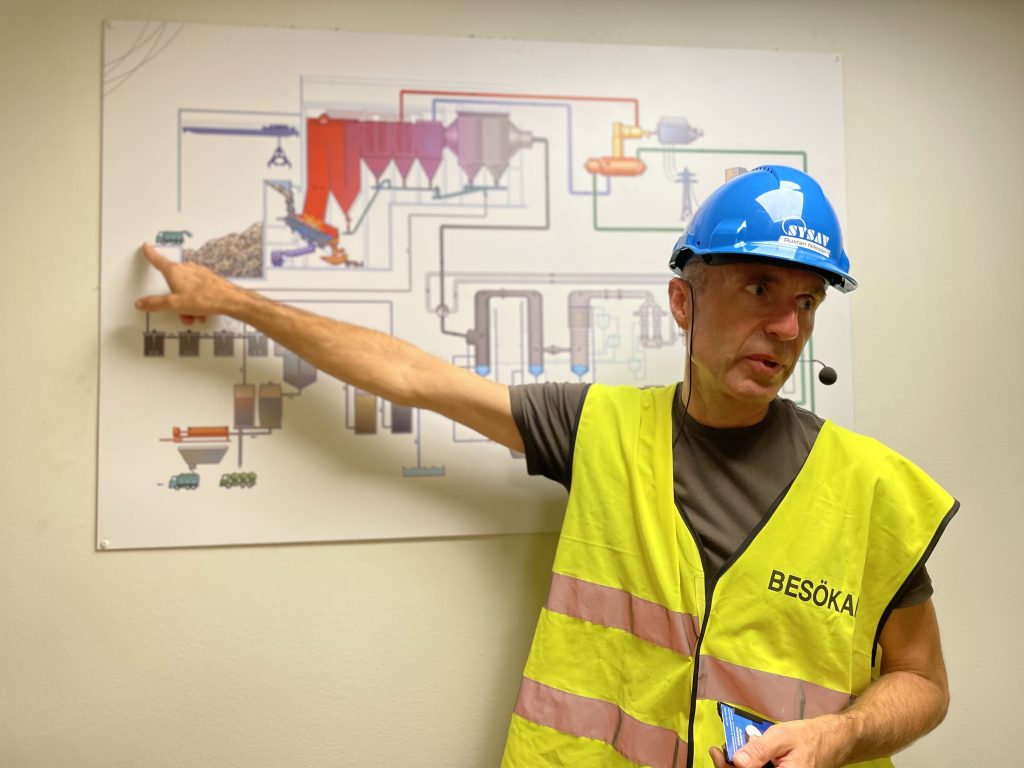
Sysav provides 65% of the district heating in Børlev and Malmö, and like any other “garbage” company in Sweden, it is also responsible for waste processing.
However, Sysav does not buy garbage – it is one of the enterprises that is paid for the “fire show” by other EU countries. In addition, the plant also sells the “end product” of incineration and processing – scrap metal, which is automatically sorted from ashes after incineration; fertilizer and soil for indoor plants; biofuel and wood for construction. The funds received by the plant go to ensure the operation of the enterprise itself, educational programs and support of biodiversity in the region. For example, Sysav has a bird treatment center and a nesting area for red-billed swallows, which, as Rustan Nilsson says, “have chosen the sand mounds near the plant to enjoy Swedish nature during their seasonal migration.” Sysav administration believes that it is their responsibility to take care of them. Not only as entrepreneurs, but also just people who don’t care.
The factory also conducts tours and generally adheres to the principle “the more people know about us, the less fears and complaints they have about us.”
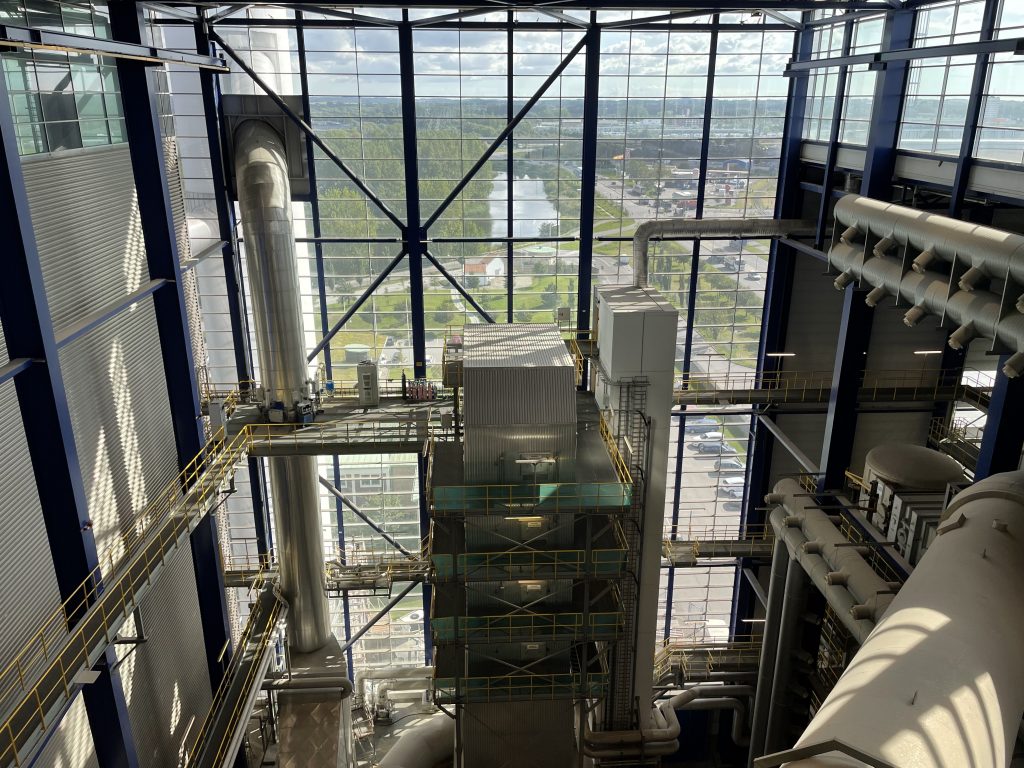
That is why the main building of the plant, where all the “burning magic” takes place, is located in the city itself and has large panoramic windows. Almost two million people visit Sysav every year, and this year 16 of them are our team!
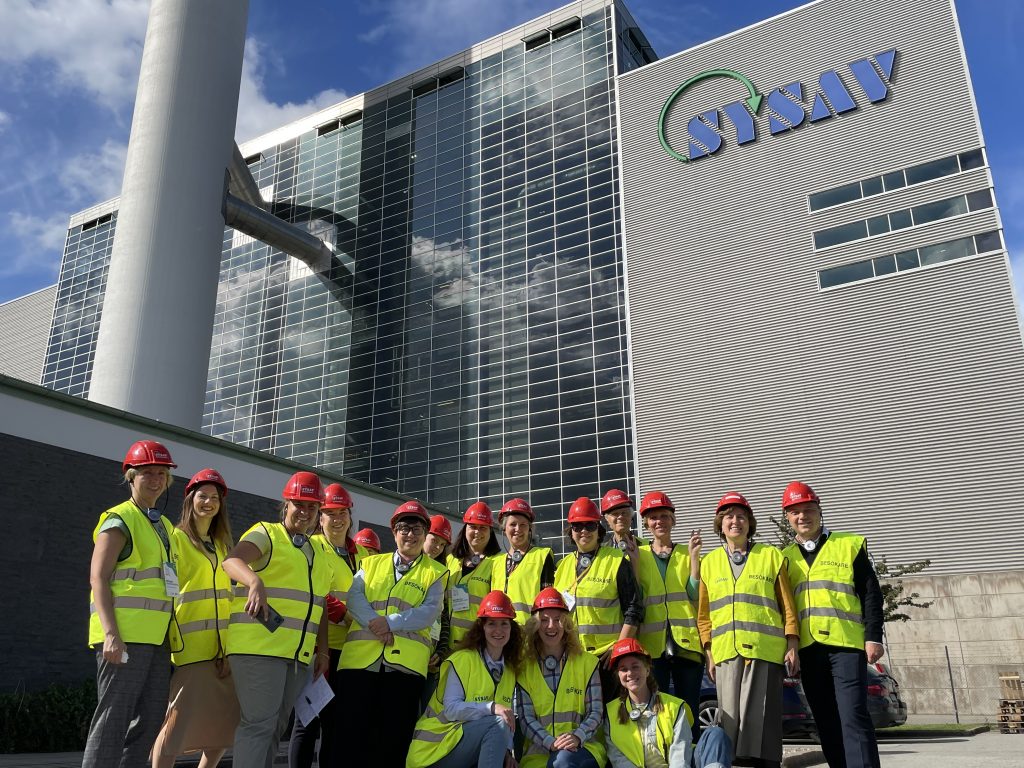
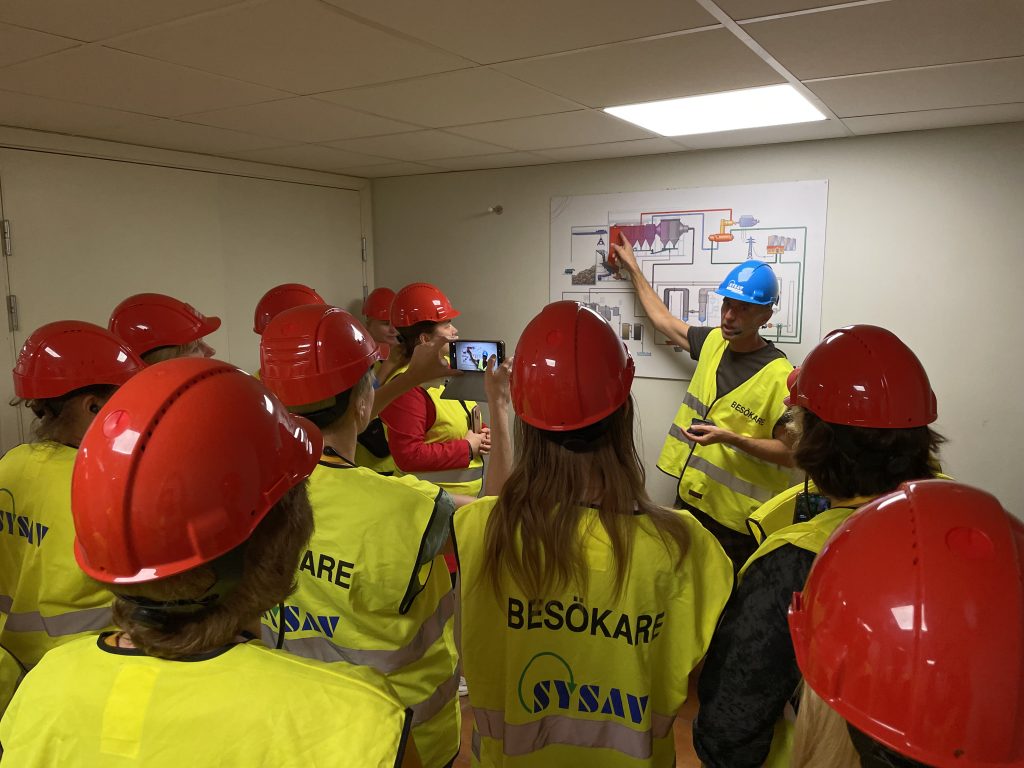
Another enterprise that “gives heat” to waste is the already mentioned Fortum Waste Solutions. Fortum positions itself as an energy company that supplies “clean energy”, and its plants are considered to be among the safest for the environment in Europe. Even in spite of the fact that they are involved in the disposal and processing of hazardous waste. The company produces part of its energy from recycling. The management of sorting and processing in the company is handled by a special department, with the team of which we managed to communicate. They emphasized and sincerely asked to convey that their approach is not rocket science, but the optimal, as of now, way to reduce the amount of waste, doing it safely for the environment and people.
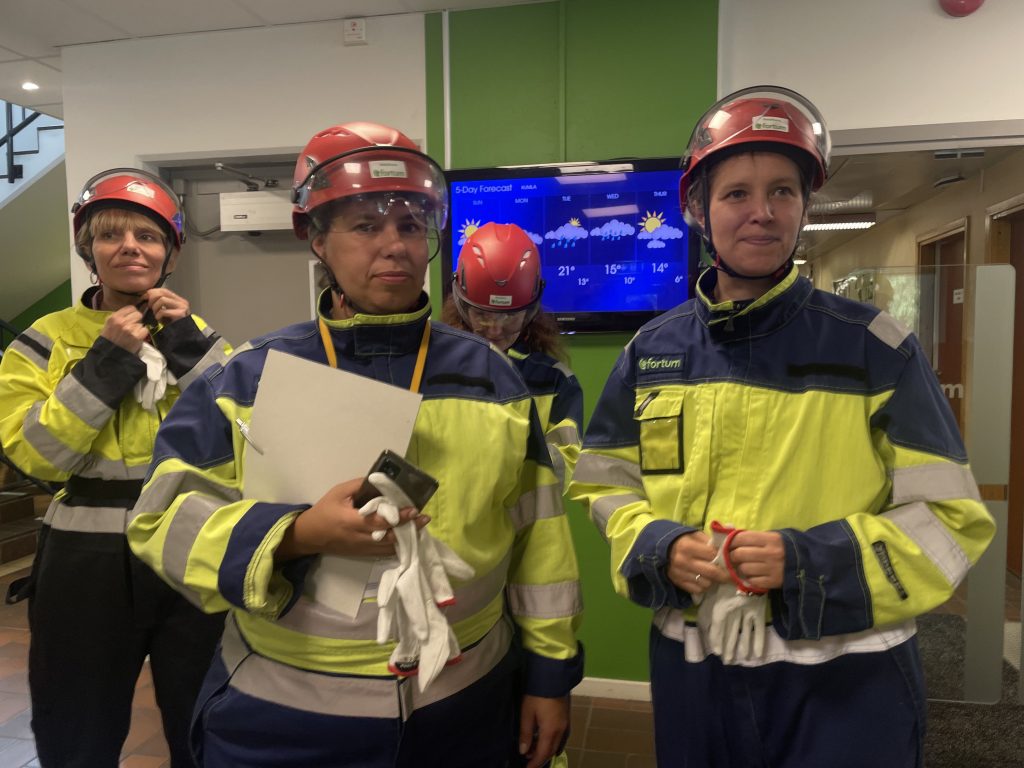
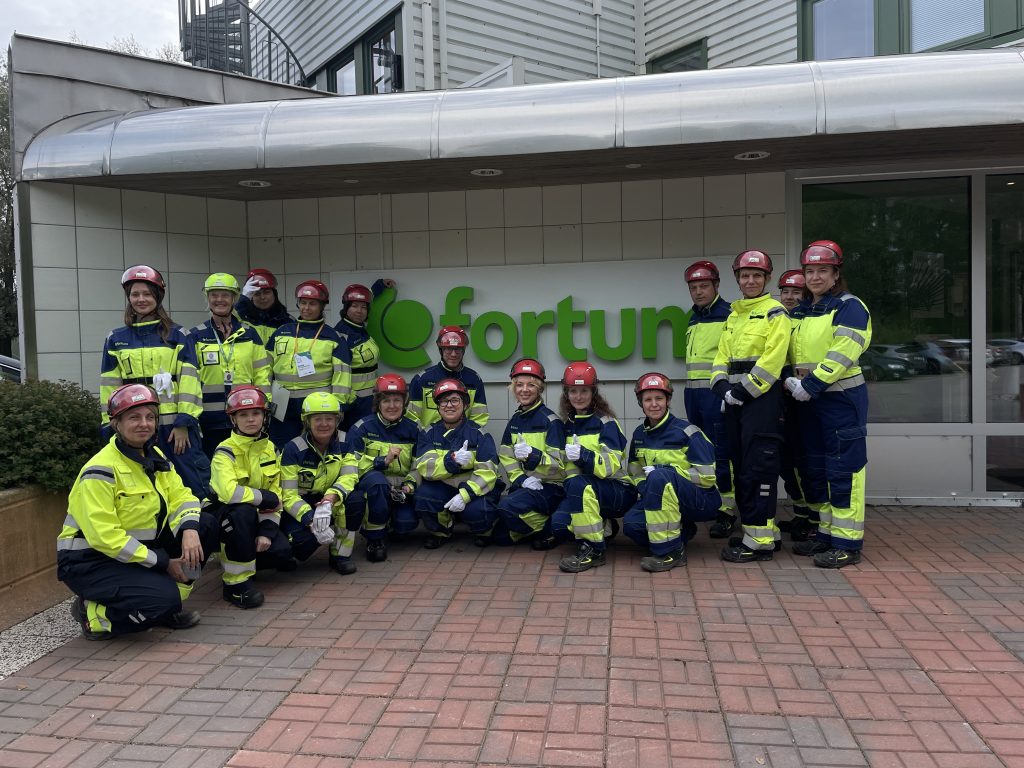
Over the past 20 years, the Swedes have developed technologies for friendly and environmentally safe waste burning like no other. Ukraine will borrow some of them while building its factories. However, the Swedes themselves would still like to pass on other knowledge and experience to us – in the realm where they can be called real “rock stars”.
3. Recycle
Recycling is on the third step in the hierarchy of waste management and occupies an important place in the well-known trio “reduce, reuse, recycle”. In the endless wheel of Sansara, plastic bottles return to store shelves with various beverages inside, and newsprint experiences new and new headlines. You can be reborn and be born with a book instead of a newspaper, and a child’s toy instead of a bottle. However, it is impossible to leave this circle of Sansara, and the path beyond it leads either to a blast furnace or to a landfill. And this is not the end that secondary raw materials deserve.
Any enterprise that incinerates or disposes of waste is also involved in recycling. If the company does not have the appropriate equipment for processing certain wastes, it sends them to those who can do it. Here there is no option to throw into the landfill or into the furnace, what should end up on the conveyor of the corresponding plant and will be processed into a dozen valuable resources.
During one week in Sweden, we visited four commercial enterprises involved in waste management. In general, there are hundreds of them in the country, and they all turn garbage into something useful – heat, fuel, new things, building materials, etc. For example, VafabMiljö has 18 recycling stations and 1 biogas plant (which processes organic waste into fuel), and also constructed buildings on the territory of their company from what came to them at the landfill. Today, lectures, events and meetings are held in one of the buildings. And guess who was lucky enough to be there?
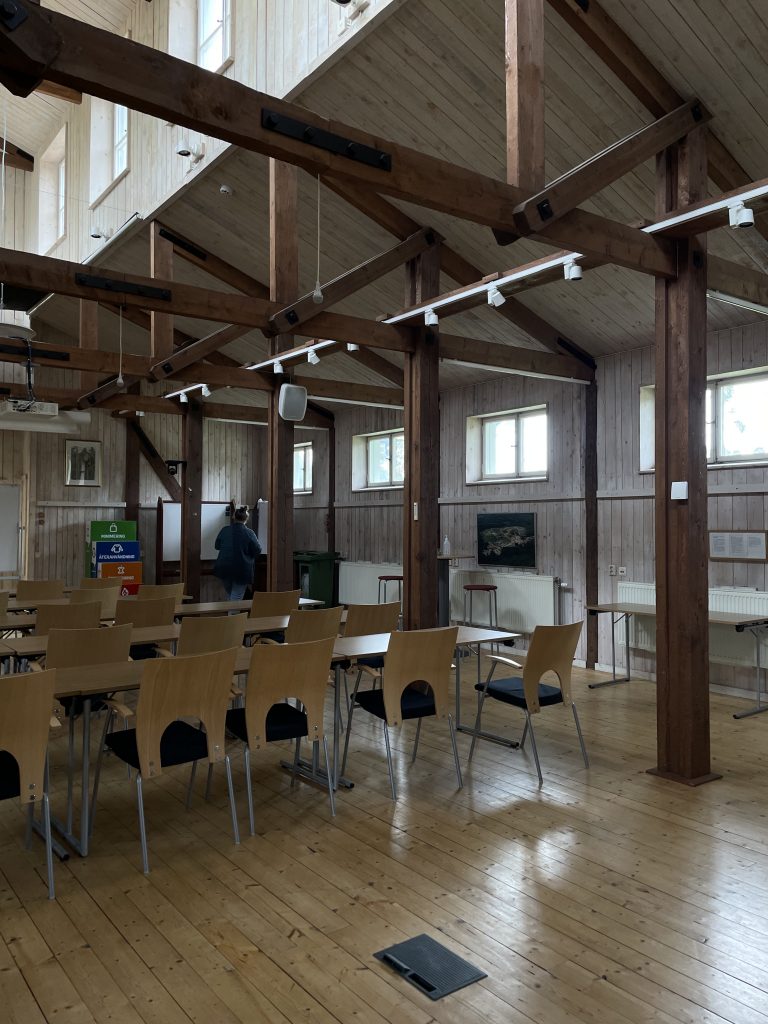
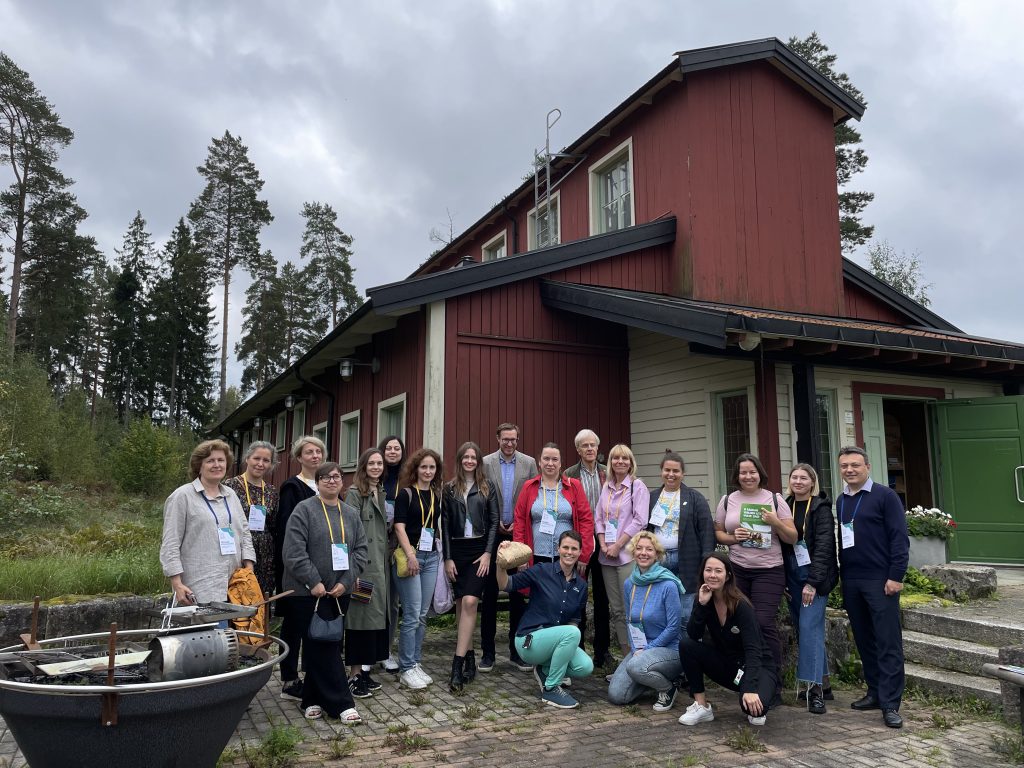
Plastic occupies a special place in the topic of recycling. The company Svensk Plasttøringning, which we visited, has the most modern European plant for sorting and processing plastic, and is involved in the development and improvement of the rules for packaging goods in Sweden. Her work is not funded by the city or the state, but by manufacturers, who pay a fee on packaging if it contains plastic. At the same time, the company is not focused on making a profit, but operates on a competitive market. And, believe me, in Sweden this competition is incredible.
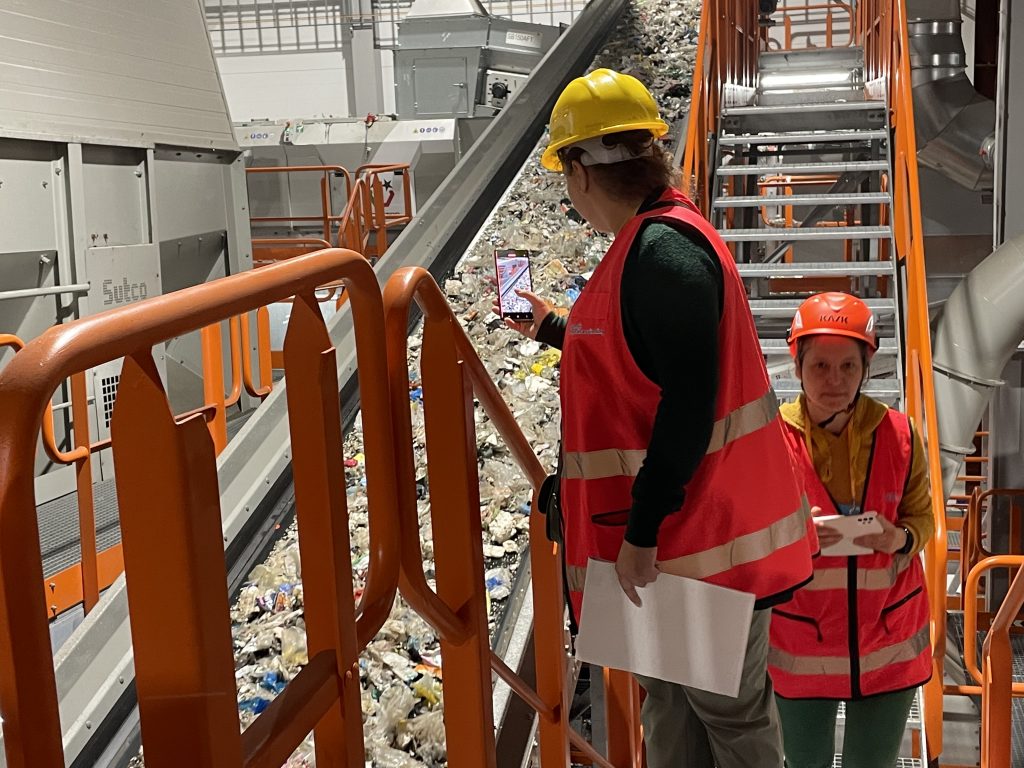
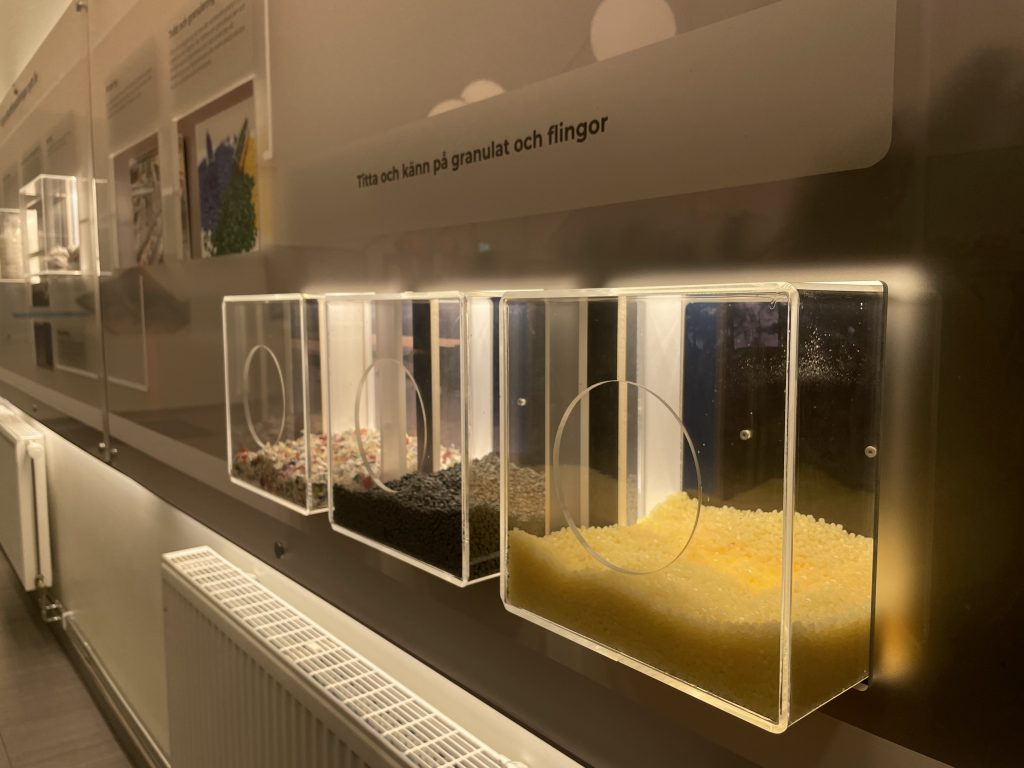
Another type of household waste, the processing of which the Swedes began to deal with in the early 2000s, is organic waste. Some cities have a centralized collection system, and every year more and more cities are switching to it. The municipality provides apartment buildings with special paper bags that residents can take home to collect the remains of their culinary masterpieces. They then go to composting stations or biofuel plants, so it’s likely that your half-eaten breakfast in a Stockholm hotel will later drive you to the airport. Swedish cities are competing to see who can collect more – Stockholm has set itself the goal of covering the collection of 70% of all organic waste in the city, Lund is actively building the necessary infrastructure to increase the figure to 72%, and Malmö is asking to hold its cup of coffee while it increases this volume up to 73%. So if you want to see gray hair grow, tell the Swedish municipalities about the cesspool in your village.
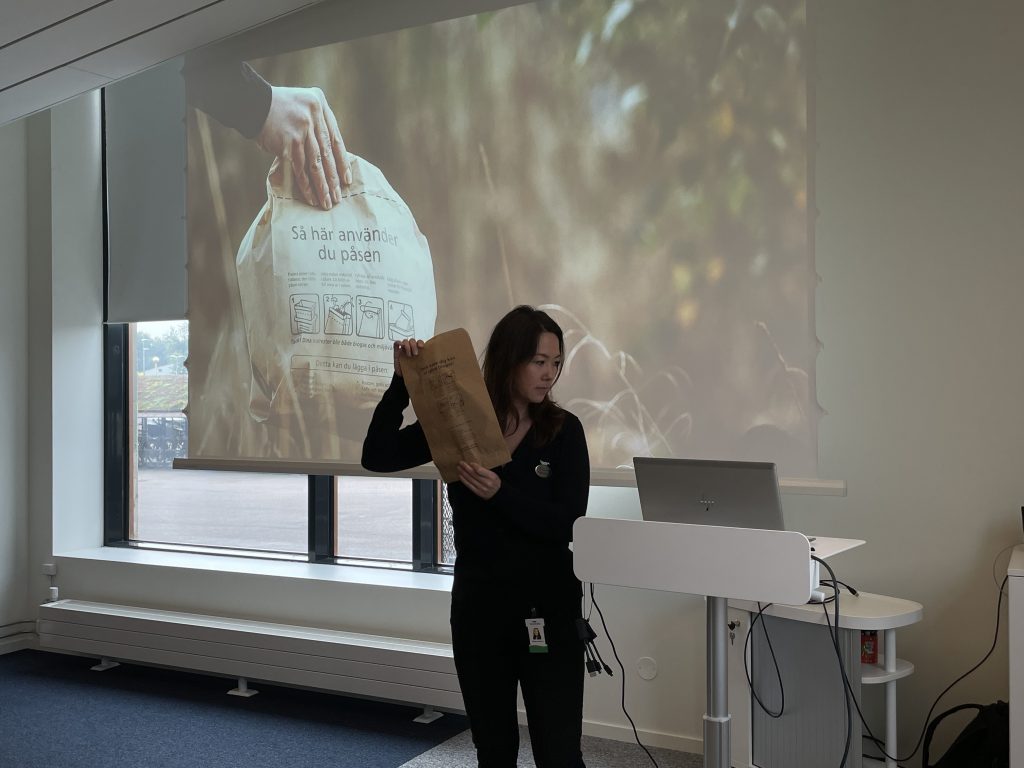
Sysav, which we have already mentioned, also invests significantly in textile processing. But as of now, this is one of the biggest challenges for Sweden – despite the idea of lagom and all the stereotypes about “modest Swedes”, every year tons of used and new clothes end up in landfills, the lion’s share of which cannot be recycled.
What we see on the shelves of H&M or other brands labeled “recycled material” is a recycled drop in a sea of t-shirts and socks. So even in a country whose recycling practices are exemplary, there is a strong emphasis on reuse.
2. Reuse
In the hierarchy of waste management, “reuse” occupies the second step. In Sweden, they try to reuse everything – from glass bottles to clothes and appliances. The society of the dystopian novel Brave New World, built on unbridled consumerism, would receive a collective shock upon meeting the Swedes. Second-hand shops here are part of the national culture and are not perceived by the majority of the population as a practice for the poor. So suddenly you will be in Sweden and have free time – walk through their “seconds” instead of going to IKEA and immerse yourself in the wonderful world of Swedish life. This is what one of them looks like:
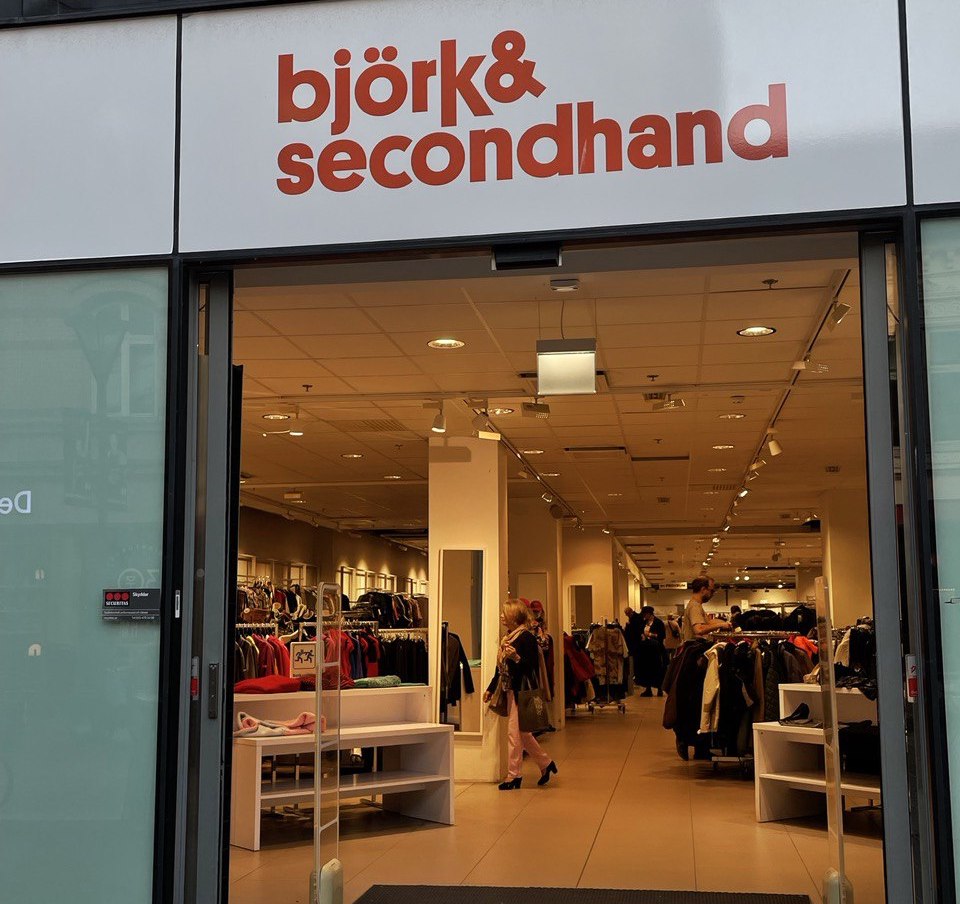
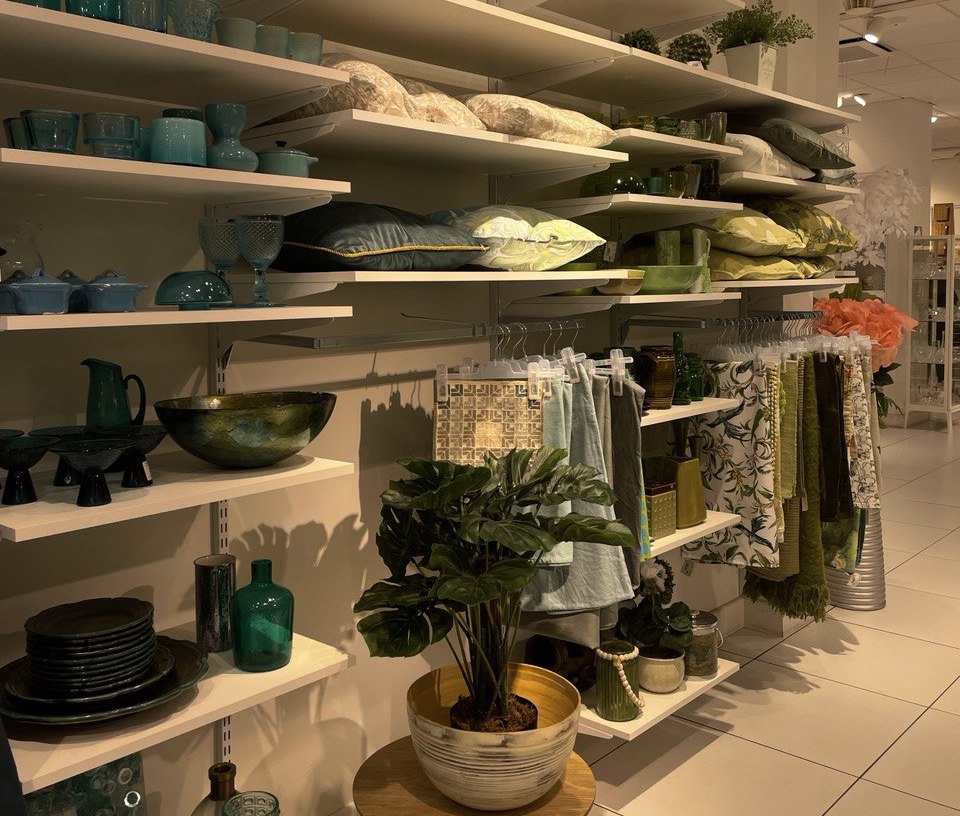
In some ways, the Ukrainians are already one step ahead of the Swedes, because they have been practicing the reuse of household items since the distant 50s. So you can look at your bag of bags, jars that will “definitely come in handy later” and an old t-shirt that already serves as a rag, and thank yourself for being conscious about things.
However, if in Ukraine these practices were developed in order to survive in the conditions of the Soviet deficit, in Sweden the state and municipalities are getting used to them. In many cities, there are district centers where people are encouraged to bring used and unwanted things that others may need – sports equipment, books, furniture, dishes, clothes, toys, and so on. Something is given free of charge, but the funds that the centers receive for the sale or rental of these things go to the development of infrastructure and the well-being of the district or city. In this way, a circle is created in which a person invests in his comfort, simply by giving away a read book or an unused ball.

The VafabMiljö company, which collects, processes and disposes of waste, also has its own reuse centers, which it actively promotes in the communities where it works. Cities are interested in building this infrastructure – it takes some of the burden off municipal waste management systems and also helps build a friendly urban community and supports those who can’t afford to buy new.
In fact, Ukraine also actively implements this practice, but in most cases these are individual initiatives that do not have financial support from the city, or are aimed purely at vulnerable sections of the population. Fortunately, no special technology or laws are needed to change this.
Ultimately, all reuse, recycling and recycling activities require resources. That is why reducing consumption and preventing the formation of new garbage is at the top of the hierarchy.
1. Reduce
Dealing with waste problems before they occur is the seemingly easiest way to deal with problems. Like a terminator bent on destroying John Connor before he is born, the Swedish authorities and activists are trying to create all the conditions to prevent littering at all. And if it has already arisen, then in such quantities and of such a type that it will not become a problem.
The country, activists, entrepreneurs and researchers are making titanic efforts to re-examine society. The concept of “zero waste”, which is also promoted by Ukrainian eco-activists, is considered ideal. However, even the Swedes have so far failed to achieve its universal implementation in the age of fast fashion and consumerism.
However, the country finances research programs that study the psychology of consumption, municipalities and activists conduct information campaigns, and Swedish celebrities and influencers try to repeat the experience of French eco-activist Bea Johnson, who managed to put her family’s annual amount of waste in one jar.
Companies such as VafabMiljö or Sysav hold lectures on reducing consumption and work with schoolchildren to teach a different attitude to waste from a young age.
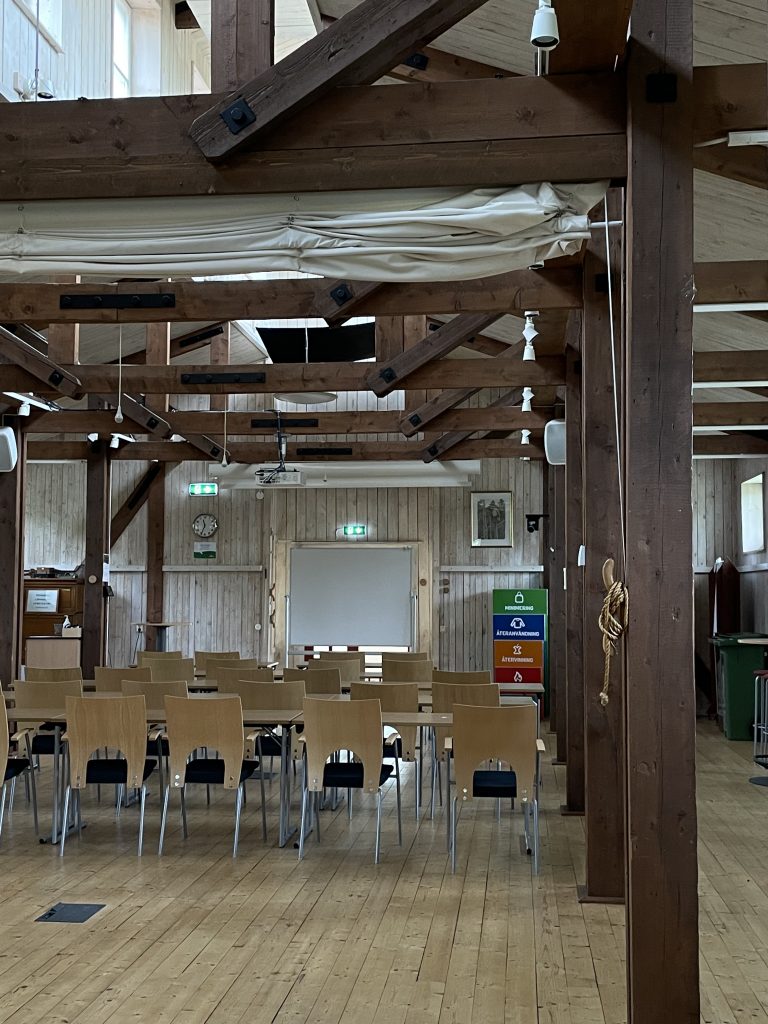
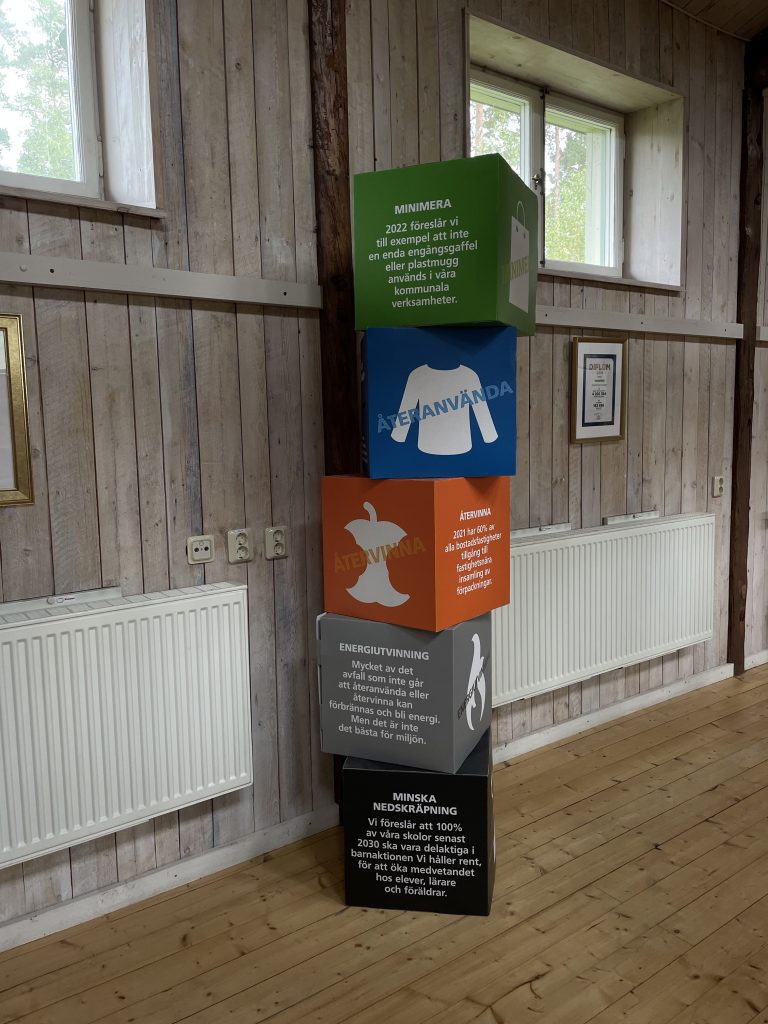
0. The next steps are up to us
“Our expectations were met even more than 100%,” says Tetyana Kukharenko. – We expected to see a beautiful picture, how everything is beautiful and modern. And it really is. But we also saw how complex their system is, how interconnected its elements are. And how everything works together to change the attitude of Swedes towards waste.”
Today, changing approaches to waste management in Ukraine is not an option, but a necessity. Ukrainian landfills are overloaded, and cities can barely cope with the amount of garbage. After victory, millions of tons of hazardous waste will be added to the problems. If our goal is not only a free, but also a prosperous Ukraine, environmental issues cannot be neglected even now.
Finally, implementing a 5-step approach to waste management is part of our EU accession commitments. This is the way and priority offered by the EU Waste Directive of November 19, 2008, which we promised to implement in Ukraine.
Grantees and partners of the Environmental Policy and Advocacy Initiative have been working for years to bring these approaches to life. We, the “Renaissance” International Foundation, hope that the study trip to Sweden helped Ukrainian activists and experts to better understand how the desired system works and what steps we can start taking right now, each at our own level.
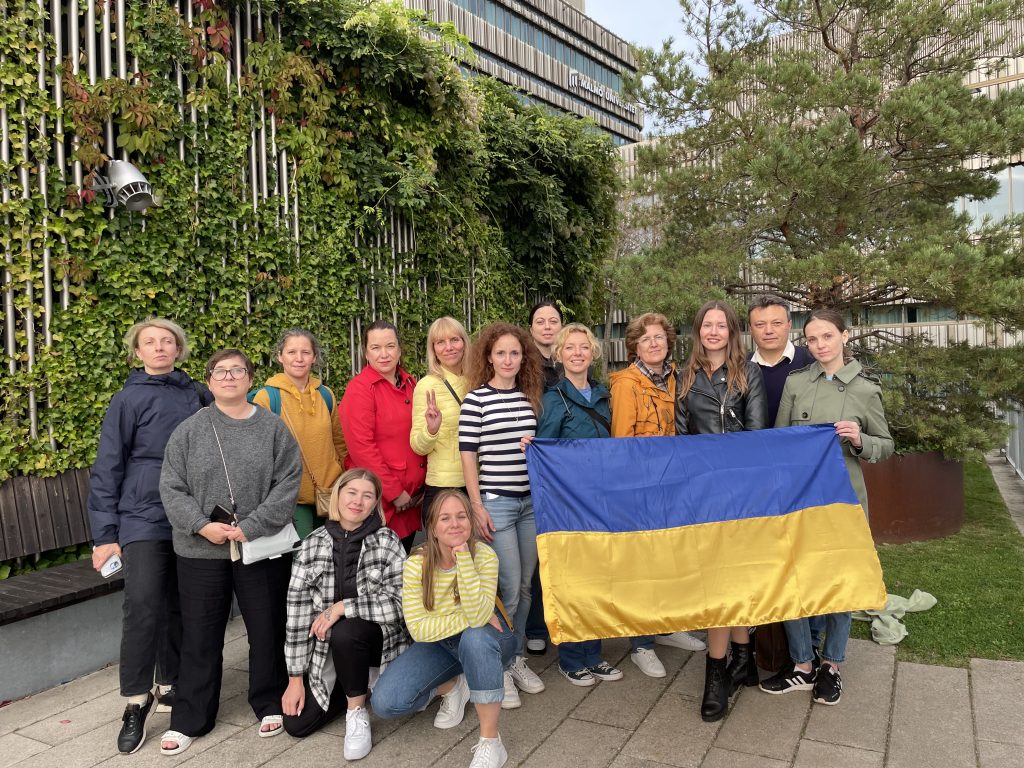
“In Sweden, no strategy is born without the public. It should be the same in Ukraine, says Tetyana Kukharenko. – Representatives of those organizations that traveled with us are already consulting the government and local authorities, participating in discussions, providing recommendations, and educating. I believe that we will be able to help make waste management in Ukraine better and more qualitative.”
The material was prepared as part of the Initiative for the Development of Environmental Policy and Advocacy in Ukraine, which is carried out by the International Renaissance Foundation with the support of Sweden.

